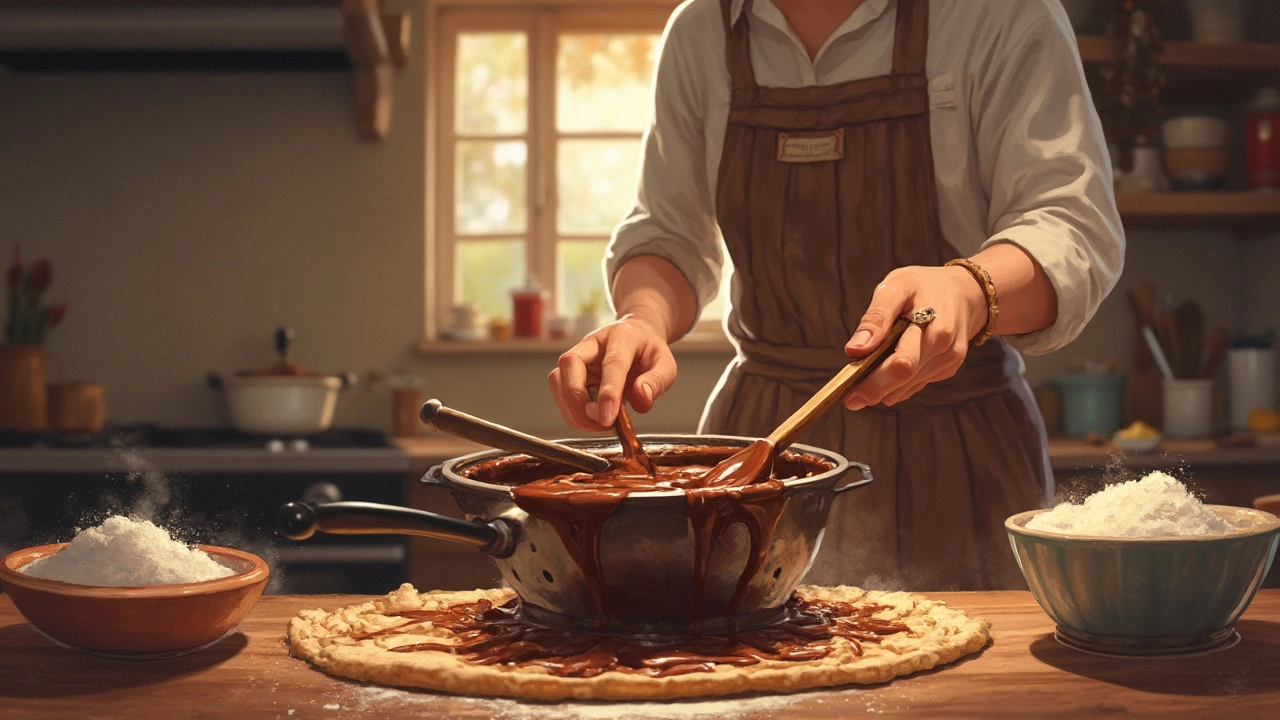Smooth Fudge Tips – Make Creamy Fudge Every Time
If you’ve ever pulled a batch of fudge that looked more like rock candy than melt‑in‑your‑mouth, you’re not alone. The good news? Smooth, creamy fudge is easier than you think once you know a few basics. Below are the practical steps that turn a tricky candy into a confident kitchen win.
Control the Temperature
The soft‑ball stage is the heart of fudge. Aim for 235–240°F (112–115°C) on a candy thermometer. Anything lower leaves the sugar under‑cooked, while higher temps give you a grainy, hard result. If you don’t own a thermometer, watch the syrup as it thickens and forms a small ball in cold water – it should hold its shape but still be pliable.
Altitude matters, too. For every 1,000 feet above sea level, lower the target temperature by about 2–3°F. This small tweak prevents over‑cooking when you’re baking in the mountains.
Stirring Secrets
After the syrup hits the soft‑ball stage, let it cool without stirring until it reaches about 110°F (43°C). Then start a steady, vigorous stir. The goal is to create tiny sugar crystals that give fudge its smooth texture. Stopping too early leaves large crystals – you’ll get a grainy bite.
Use a wooden spoon or a heat‑proof spatula; metal can conduct heat away too quickly. Keep the motion even – no sudden pauses or fast jerks. In about 5–7 minutes you’ll see the mixture thicken and lose its glossy look. That’s the sweet spot.
If your mix looks glossy and still runs, add a pinch of salt or a dash of corn syrup. Both help keep crystals small and give that melt‑in‑your‑mouth feel.
Once the fudge reaches a thick, pudding‑like consistency, pour it into a greased pan and let it set at room temperature. Don’t refrigerate right away; sudden cooling can cause fogging or a hard crust.
Quick Fixes for Common Problems
Grainy fudge? It’s usually over‑cooked or stirred too early. Warm the batch gently over low heat, add a tablespoon of butter, and give it a quick re‑stir. It won’t be perfect, but it’ll improve the texture.
Too soft? You probably stopped stirring before enough crystals formed. Re‑heat the mixture to the soft‑ball stage again, then stir longer.
If you’re out of a candy thermometer, use the “cold water test.” Drop a small spoonful into ice water; if it forms a firm ball that flattens when pressed, you’re in the right range.
Remember, butter adds richness and helps prevent graininess. A good rule is 2 tbsp of butter per cup of sugar. It also gives a glossy finish that looks professional.
Finally, store fudge in an airtight container at cool room temperature. A thin layer of parchment paper between layers stops them from sticking together.
With these smooth fudge tips, you’ll go from uncertain to confident in no time. Grab your thermometer, heat the syrup, and enjoy the sweet payoff of perfect, creamy fudge every single batch.

How to Keep Fudge from Turning Sugary: The No-Fuss Guide
Nobody wants gritty fudge, but getting that perfectly smooth bite can be tricky. This article explains why fudge gets sugary, how to avoid it, and what really works in the kitchen. Discover proven tips and key mistakes people make. Finally, learn what to do if your fudge still sugars up, so you don’t have to toss the whole batch.
View More




